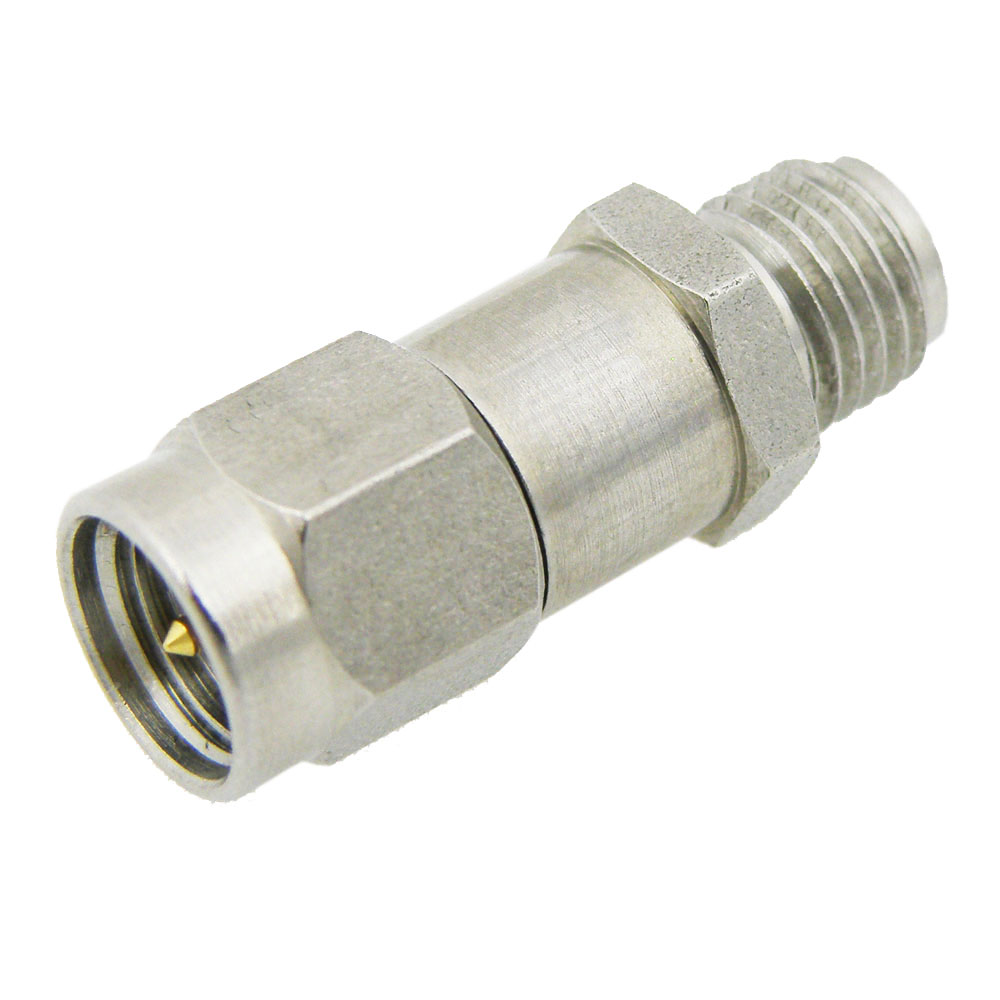At 26 GHz, there is substantial atmospheric absorption and much higher free space loss than at sub-6 GHz frequencies. Moreover, the interconnect such as 26 GHz attenuators and 26 GHz terminations, to drive a 26 GHz system intrinsically must be more compact than lower frequency interconnect, meaning that the power handling and loss of interconnect suitable for 26 GHz is greater than that of lower frequency interconnect.

26 GHz is a very active chunk of spectrum firmly in the millimeter-wave frequencies. As with many portions of the spectrum and RF components/devices/systems, 26 GHz doesn’t merely refer to the singular frequency of 26 GHz, but the spectrum around that frequency. For instance, there are automotive radar applications at 24 GHz to 24.25 GHz (an ISM band), which some 26 GHz hardware may be suitable for. There are also many other applications, such as Ultra-Wide Band (UWB) that operates from 21 GHz to 26 GHz, that could be considered part of the 26 GHz spectrum, Moreover, 24.25 GHz to 27.5 GHz marks the 5G n258 band (3GPP band n258). Hence, there are a variety of applications operating around 26 GHz where Attenuators and Terminations suitable for 26 GHz could be used.
This means that each individual transmission path at 26 GHz can carry much less signal energy and dissipates more signal energy than lower frequency transmission paths. This is why at 26 GHz, many applications use array antennas, otherwise known as advanced/active antenna systems (AAS). This means that many 26 GHz applications have many transmission paths to provide power and conditioned signals to array antennas, including phased array antennas. Depending on the architecture of the advanced/active array, there may be many transmission paths that require attenuation during testing or use, or terminations during testing/prototyping. This is where 26 GHz attenuators and 26 GHz terminations come into play. These components are vital for use during operation for AAS, but also during the development and testing phases. Attenuators are used to condition the power level of a signal during testing or use and increase the precision of a test by conditioning the output signal energy of a test signal source. Terminations are instrumental in providing impedance match loads at the end of a transmission path to prevent reflections. This is useful during calibration but also when a path may not be used and that signal energy needs to be shunted instead of reflected back to the source.


